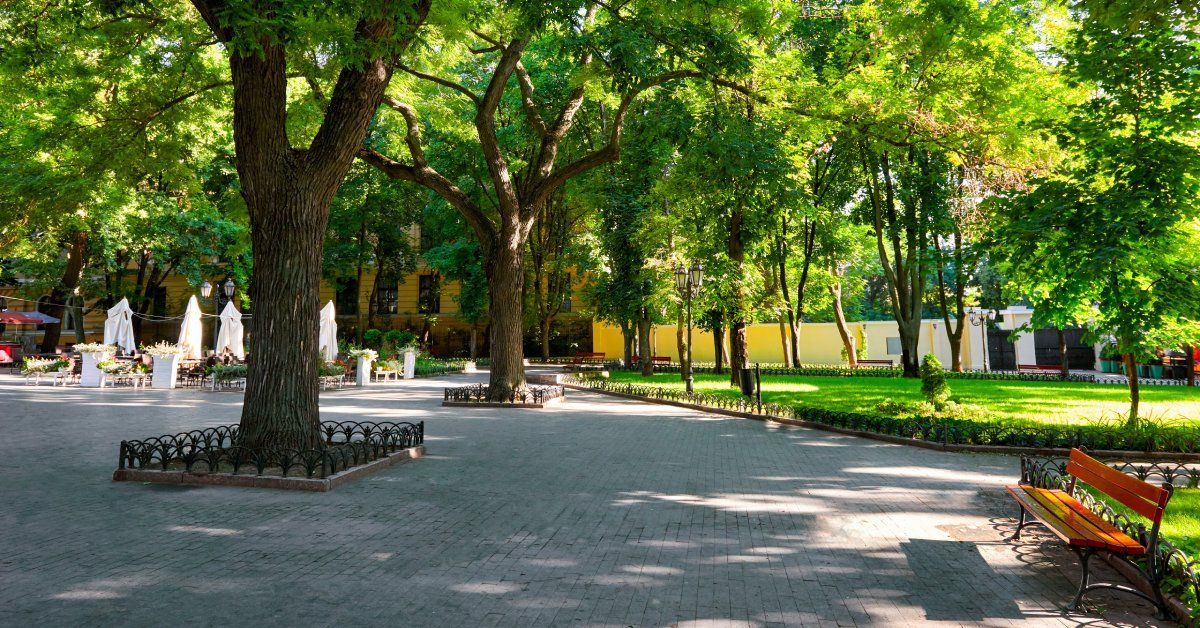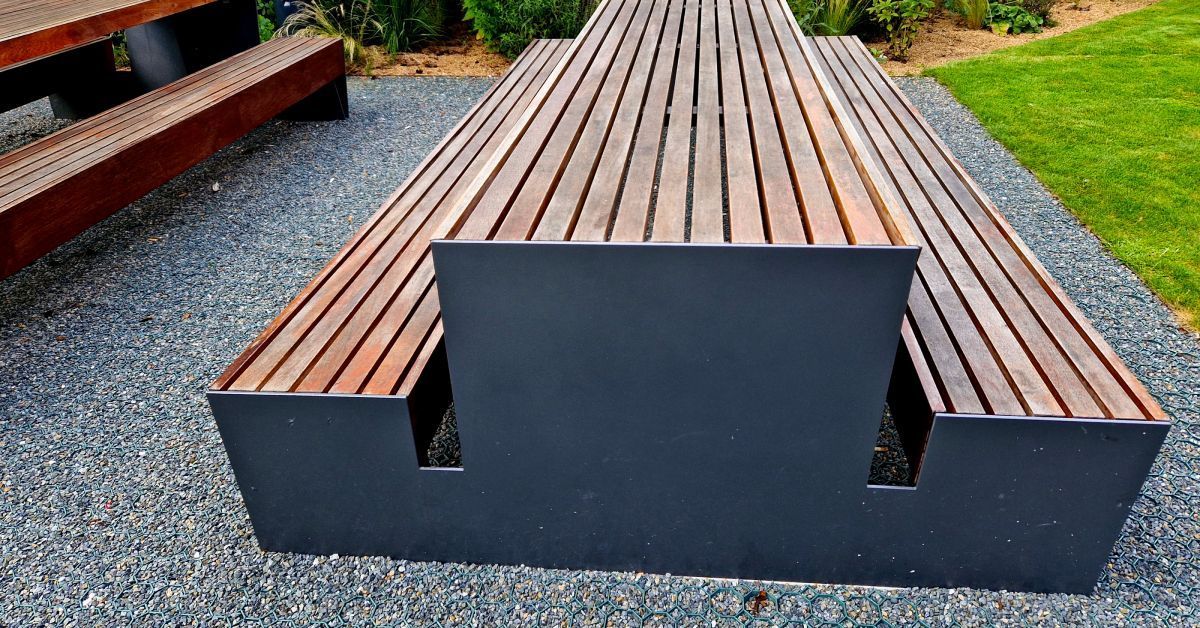Using Permeable Pavement To Reduce Heat Islands
As an increasing number of people flock to urban areas, cities develop their own set of unique challenges. One of the key issues faced by urban locations is the occurrence of heat islands, a phenomenon that impacts the quality of life for city residents and the ecosystem. We’ll explore heat islands, the risks associated with them, and how permeable pavement can mitigate their effects. Here’s what you need to know about using permeable pavement to reduce heat islands.
What Are Heat Islands?
Heat islands are urban areas that experience higher temperatures compared to their surroundings due to human activity, dense building structures, and increased pavement coverage. Concrete, asphalt, and other traditional urban building materials can absorb a significant amount of heat throughout the day and release this stored heat at night. The result is a neighborhood where temperatures remain consistently higher than in rural or suburban communities. This effect also exacerbates air pollution and negatively impacts residents’ health.
The Risks Associated With Heat Islands
The creation of heat islands poses various risks to both the urban environment and its inhabitants. Some of the dangers include the following.
Increased Energy Consumption
As heat islands cause temperatures to rise, residents and businesses increase their energy usage to maintain comfortable living and working conditions.
Worsened Air Quality
Elevated temperatures can exacerbate the formation of smog, which can lead to respiratory issues and other health problems for urban dwellers.
Strain on Water Resources
Heat islands increase water demand for irrigation and other cooling practices, placing a strain on already limited urban water supplies.
Negative Impacts on Wildlife
High urban temperatures can disrupt the habits of native species, leading to a decline in biodiversity.
How Permeable Pavement Can Help
Now that you know the importance of mitigating this effect, let’s discuss the logistics of using permeable pavement to reduce heat islands. Unlike traditional pavement materials, permeable pavement enables rainwater to seep through its porous surface, thereby reducing surface runoff and facilitating the natural filtration of pollutants. In particular, lighter-colored permeable pavement reduces heat absorption and lowers surface temperatures.
By decreasing the amount of heat absorbed and stored by urban pavement, permeable surfaces can substantially reduce the impacts of heat islands. Moreover, permeable pavement can aid in the management of stormwater runoff, preventing the overloading of sewer systems and reducing the risk of flooding.
Implementing Permeable Pavement in Urban Communities
Adopting permeable pavement solutions in urban communities requires both public and private sector support. City planners, local authorities, and private developers must collaborate to incorporate permeable pavements into park pathways, sidewalks, and parking lots. Awareness campaigns highlighting the environmental hazards posed by heat islands, along with the benefits of permeable pavement, can garner public support for these initiatives.
Permeable pavement offers an effective solution for mitigating the effects of heat islands in urban areas. However, what you get out of these projects has a lot to do with the quality of materials you acquire. Rockpave provides superior permeable paving for any number of public work or commercial surfaces. Contact us today to learn more.










